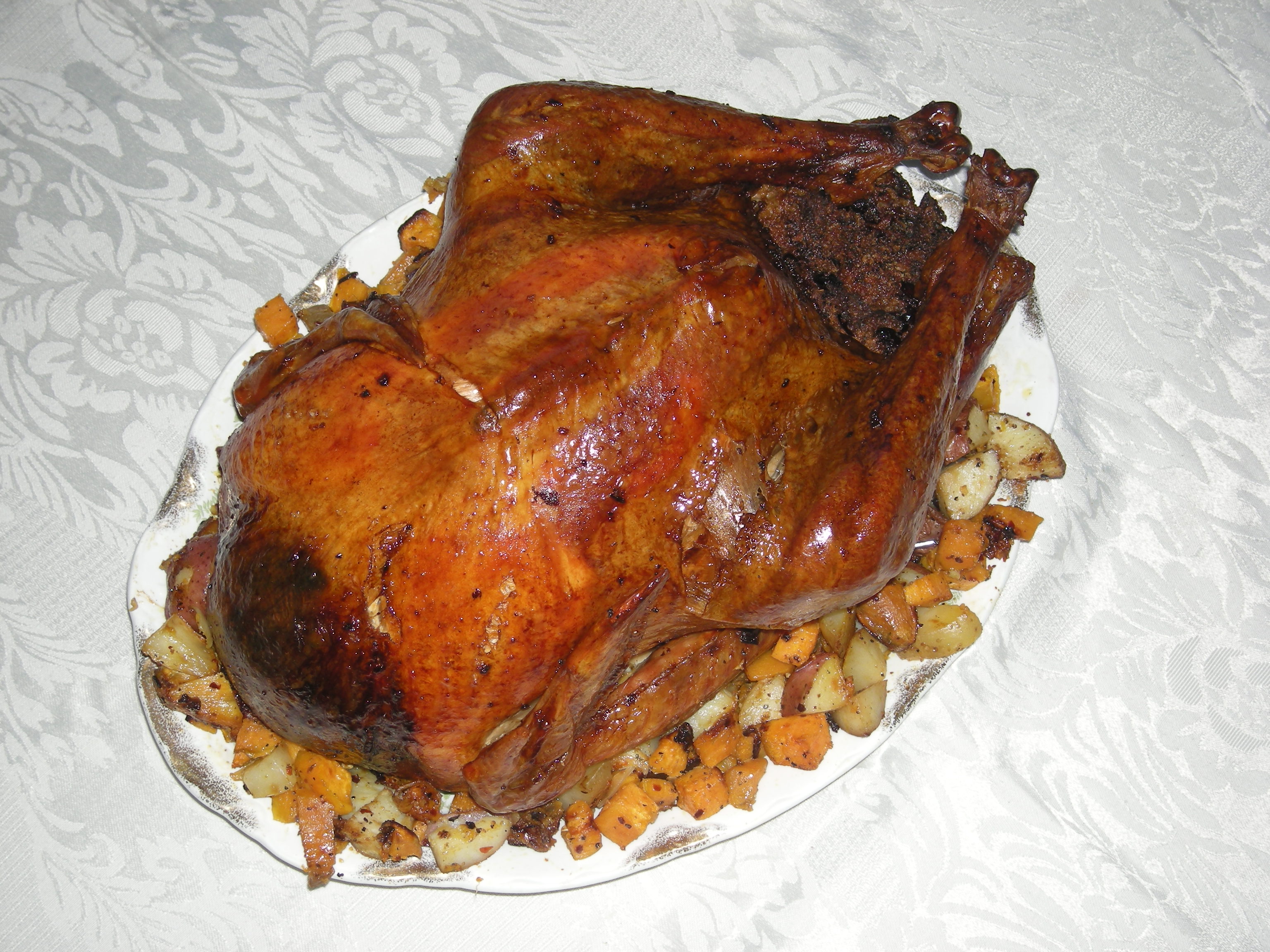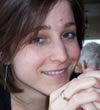There are about 22 species of warblers that call Sudbury home.
A friend of mine got himself engaged over a warbler. They now have two kids. A warbler you say? What is that? How can someone get engaged over a bird?
The warm southernly breezes in spring, particularly May, bring us these interesting migrants. There are about 29 species of the small perching birds that might visit the Sudbury area and some 22 that call it home.
The males are brightly coloured beams of blues, greens, yellows, black and white. Females are more cryptic but have their own array of interesting colour in the spring. By fall, they have moulted and become a group called “confusing fall warblers.”
The young of the year will have more bland colours suitable for hiding from the predators.
Warblers migrate great distances to get to their summer and winter haunts. South and Central America are good for winter and, in summer, some will reach our Boreal forest for a regeneration of young.
The long flights have many hazards, and one of the more serious is habitat loss and anthropogenic influences. When next you fly into one of the larger cities in southern Ontario, take a look out the plane window. Where could you land if you were a bird looking to rest and feed? Row and row of housing, loss of agricultural land, high rises with shiny windows, and fragmented to almost no parkland, paints a bleak and barren picture.
A rich backyard of shrubs, bordering trees, some dense ground cover, controlled cats and neighbouring woodlots help sustain some of the warbler group. You’re in luck if your property borders a stream or pond. Birds “love” to take baths, drink and find food associated with these areas.
It is possible to successfully provide a nesting habitat for some of these species if their needs are met.
It is early morning and a repetitive call is heard moving through the dense shrubs, sometimes low, sometimes a little higher in the trees. The foliage keeps the singer hidden. Where is it? A little patience. By sitting on your step and drinking a morning coffee, you might get to see the singer. Suddenly it comes out onto the tip of the elderberry branch for a song.
Wings slightly fanned, tail extended a brilliant orange red, contrasting against the black head and body feathers helps you figure it out. It is an American redstart. It is such a beautiful bird to see and most people remember their first introduction to this insect-eater. This particular male has used this territory for several years and always returns to attract a mate and rear four or five young.
The small cup-like nest of plant fibres and spider webs is usually well hidden close to a trunk of a tree or shrub and entwined in a “v” of a branch. Leaves usually conceal the location.
If the season is good for food and plant growth, then a second brood may be successful.
When autumn approaches the breeding season is at an end and it is time once more to make the trek to warmer climes. Warblers move in mixed flocks and often fairly quickly through the foliage gleaning caterpillars and other insects off the leaves as they go.
Northern Ontario’s peak time is mid-August. Binoculars become handy tools as the birds flit through the trees and you try to identify them. A good field guide or ethical use of an App is also useful.
As for my friend, his wife is a birder. While on a walk, he left the engagement ring on twig telling her he saw a redstart there.
Chris Blomme is a member of the Sudbury Ornithological Society.













